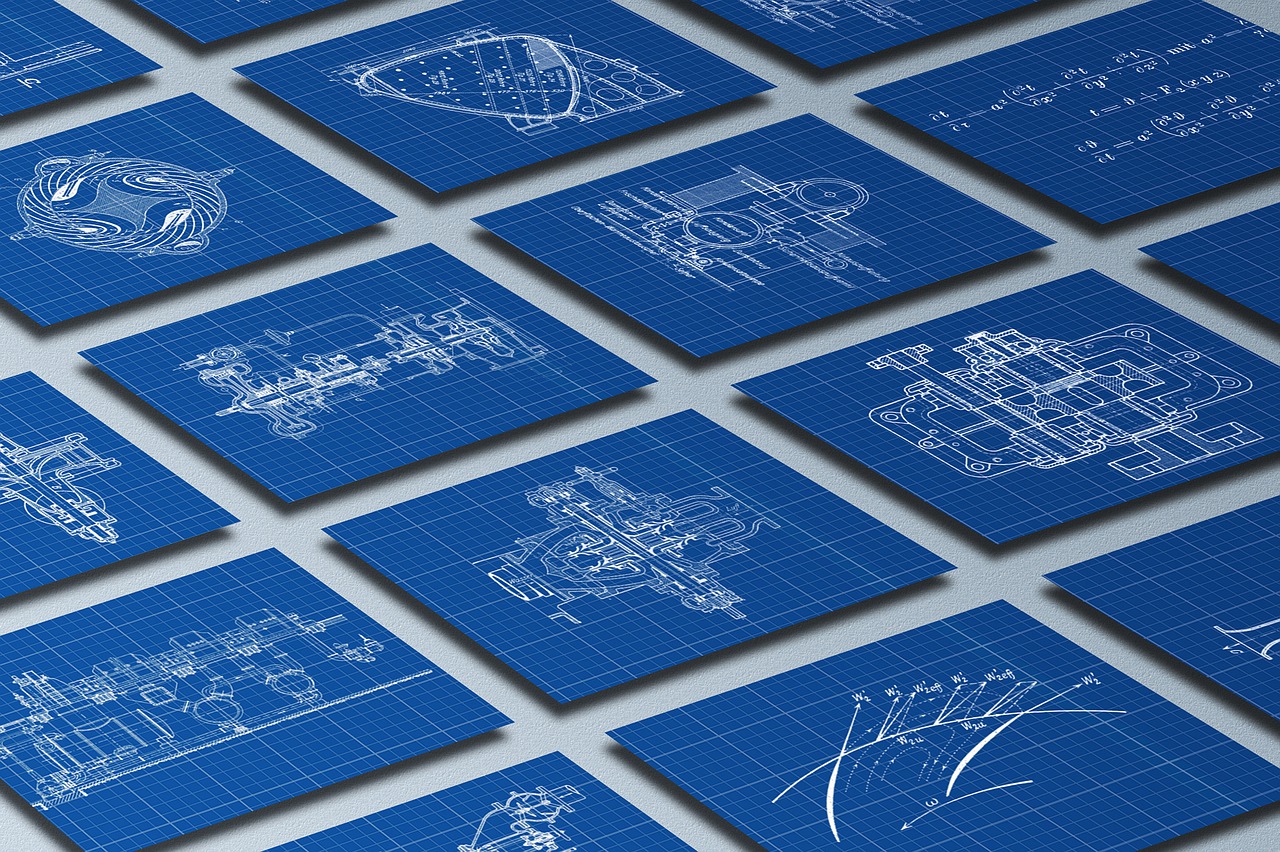At Autodesk’s recent event at their San Francisco headquarters, the CAD giant decided to show the world what it has been up to over the past year, including some new technology, investment updates, and the success its new 3D printing platform, Ember, has had. Throughout, however, Autodesk appeared very keen to inform us how totally focused it’s been on improving speed and, thankfully it seems to have made some real advances.
Firstly, Autodesk announced it will be making research available regarding the formulation for PR48-high speed resin, a faster alternative to materials like PR48-clear. It promises that this new resin, when used along with optimized hardware and software, will allow printing speeds to increase from 18mm/hour to 440mm/hour. That’s about 2450% faster, hence Autodesk’s focus on speeding up the 3D printing process. And, with its promise to make the research public knowledge, Autodesk has released instructions that explain how to configure your Ember SLA DLP 3D printer for high-speed printing, along with the resin information.
Second, using their customer Origin, a San Francisco-based start-up, as an example, Autodesk went on to highlight what can be achieved via the Ember open source platform.
“Origin’s platform allows customers to prototype and scale the production of their own products with the speed, customization, and flexibility missing from traditional manufacturing. Enabling Origin’s production capabilities is a process based on Ember, Autodesk’s open 3D printer that results in commercial-grade products,” stated the Autodesk team.
Along with another company, Chronicled Incorporated, Origin 3D printed smart tags for Marshawn Lynch’s sought after Beast Mode shoes. These enable trainer enthusiasts to authenticate their gym shoes and use an accompanying mobile app to scan this smart tag and access the sneaker’s information stored in its digital profile.
And lastly, there was news about the $100M Spark Investment Fund that Autodesk set up to motivate innovation in 3D printing technology. It reported that the Spark Fund has helped with the continued progress of Source3, the world’s first platform for large-scale distribution of 3D printing intellectual properties, further improvements to the Voxel8 and Optomec 3D printers, and the realization of the extremely exciting XJet. By investing in the Israeli company as it launches the first 3D printer to work in metal, using inkjet printing technology and liquid metals to 3D print objects, Autodesk stated that it’s putting itself right at the forefront of 3D printing technology.
“The company (XJet) has secured $25 million in this current round of investments and plans to use the funding to launch XJet products in key international markets,” the Autodesk team said. “XJet’s ground-breaking technology, called NanoParticle Jetting, uses nanoparticles in liquid suspension to build 3D metal parts. The technology enables a far more accurate production of highly complex parts than is possible with current technologies.”

